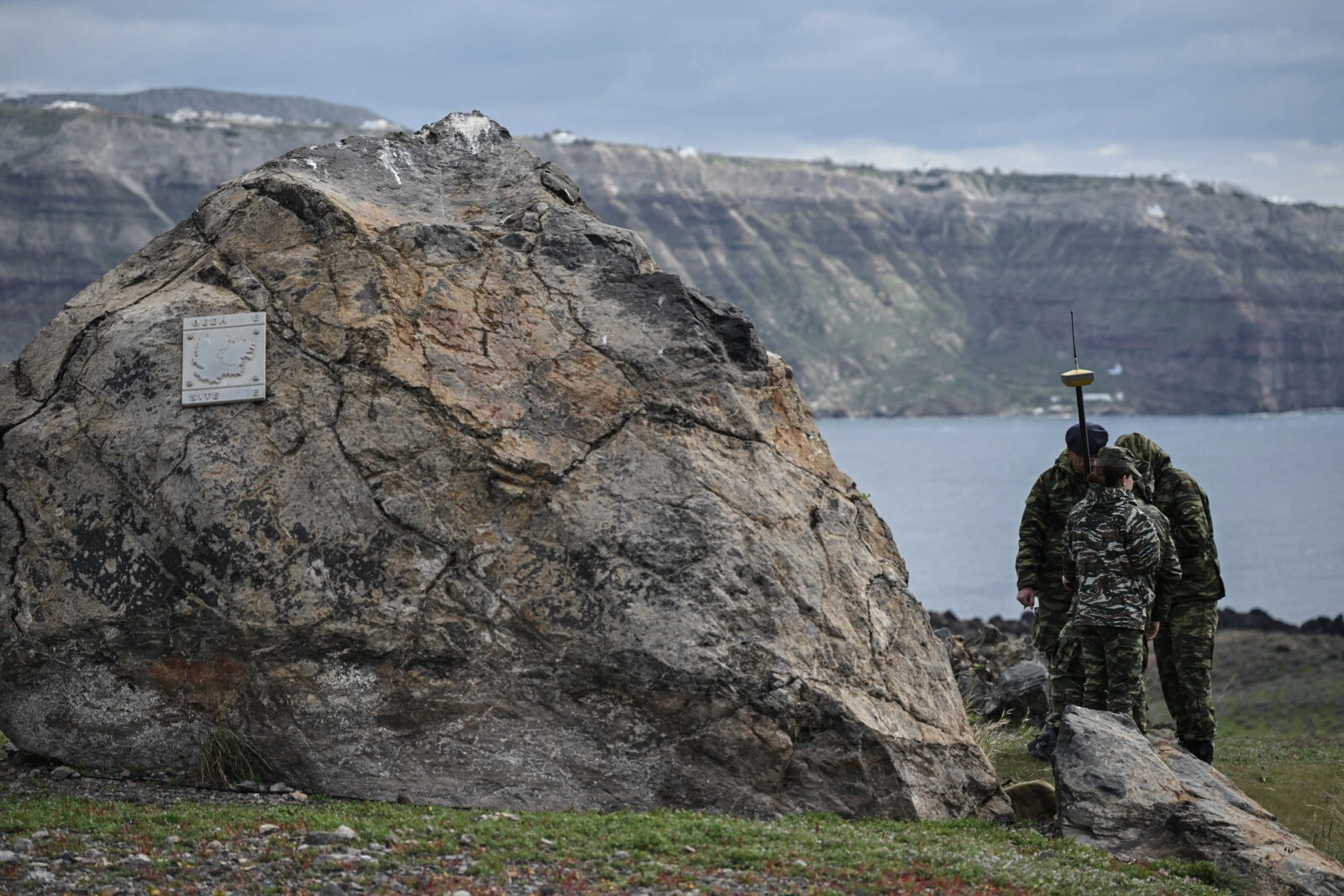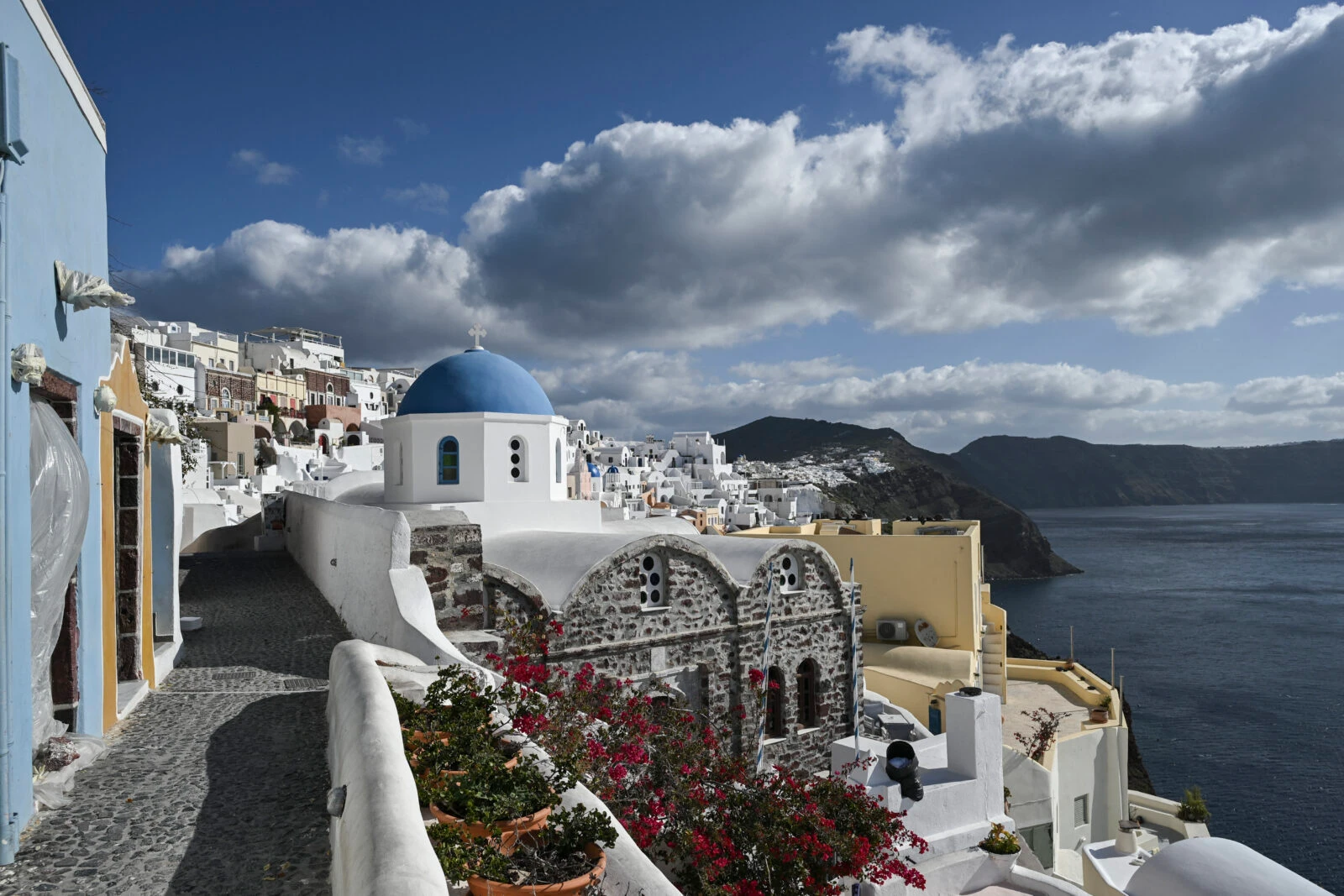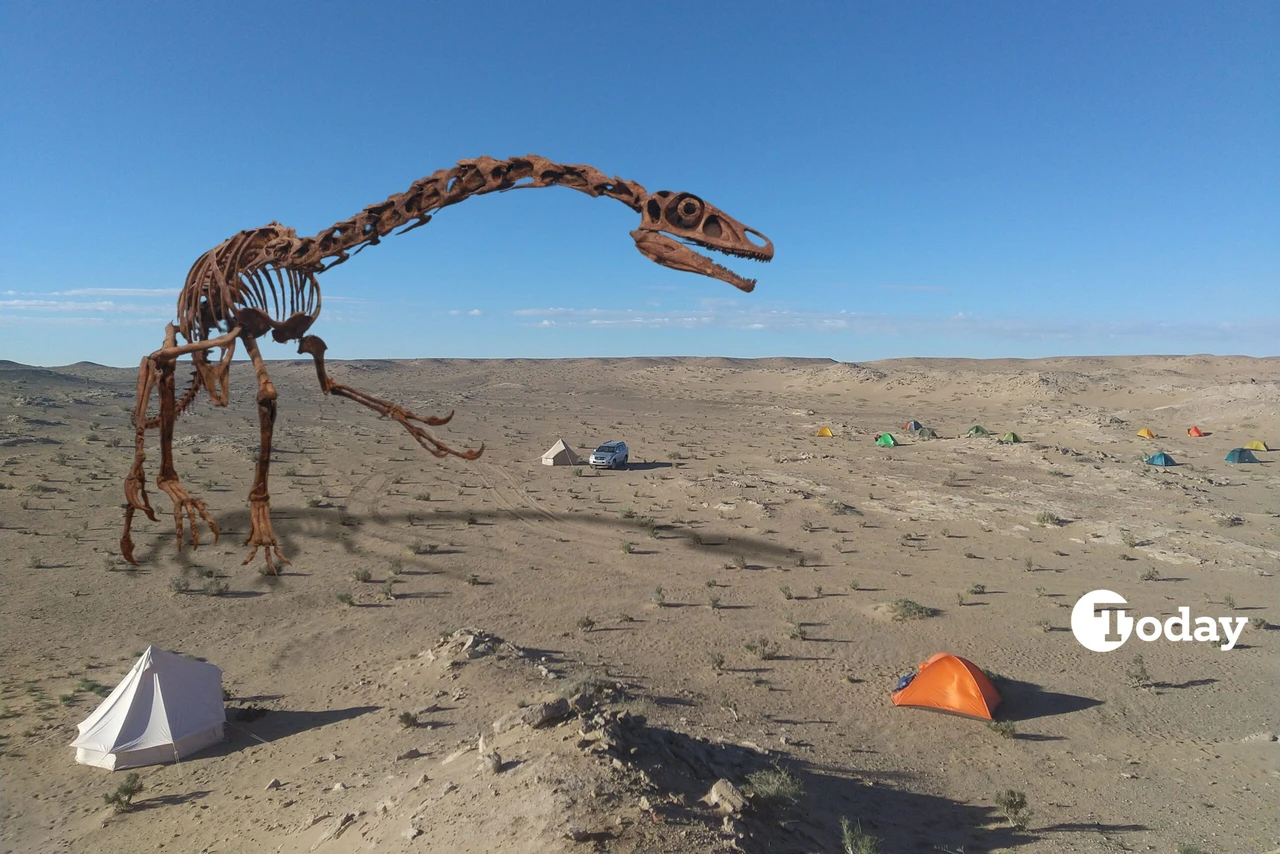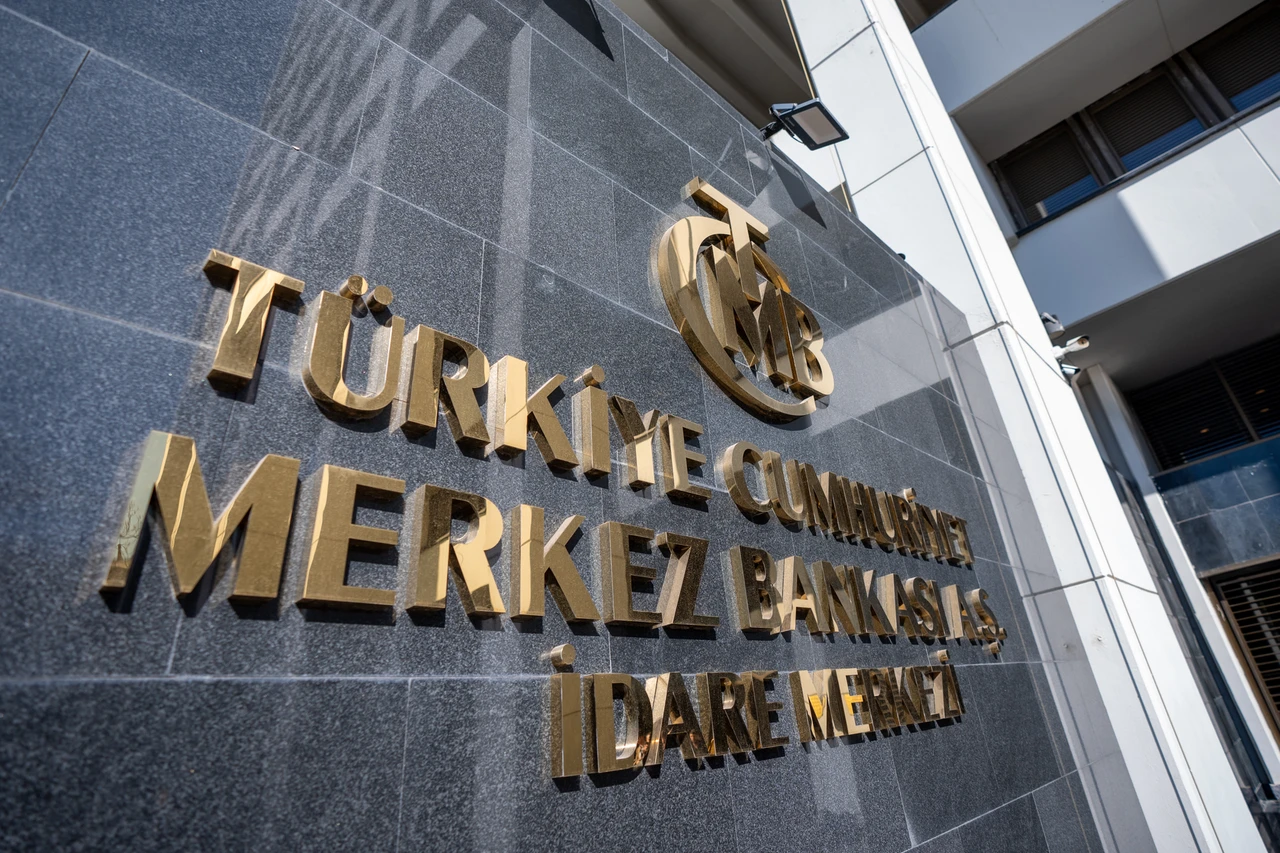Türkiye’s earthquake research center issues urgent warning on Santorini seismic activity
 This photograph shows caution tapes placed to restrict access for tourists as a precaution due to recent seismic activities in Oia village on the Greek island of Santorini, Feb. 5, 2025. (AFP Photo)
This photograph shows caution tapes placed to restrict access for tourists as a precaution due to recent seismic activities in Oia village on the Greek island of Santorini, Feb. 5, 2025. (AFP Photo)
Bogazici University’s Kandilli Observatory and Earthquake Research Institute released its 8th report on the ongoing earthquake activity in the Aegean Sea.
The report includes alarming details on the frequency of seismic events in the region including Türkiye and Greece as well as critical warnings.
Since the start of the seismic storm on Jan. 28, 3,524 earthquakes have been recorded in the region, ranging in magnitude from 1.1 to 5.3.
Largest earthquake: M5.3 on February 11
The largest earthquake recorded so far is a 5.3 magnitude event on February 11, with 181 quakes registering above magnitude 4.0.
According to simulations conducted on 2,415 scenarios, shallow quakes of magnitude 6.5 in the Aegean and Eastern Mediterranean could trigger tsunamis up to half a meter or more along coastal areas.

Santorini’s potential for major earthquakes
The report emphasizes the complex geological nature of the Santorini and surrounding areas in the Hellenic Subduction Zone, marked by intense volcanic activity, seismic risk, and tectonic stress.
The Santorini-Amorgos fault line is identified as having the potential to cause significant earthquakes.
The region is further complicated by the active underwater volcanic system at the Kolumbo Submarine Volcano and the Santorini magma system, which are supported by ongoing hydrothermal processes.

Urgent need for monitoring
Kandilli stressed the necessity for more geophysical, geochemical, and geodetic research to better predict earthquakes and volcanic hazards.
Close monitoring of submarine volcanism and hydrothermal activity in Kolumbo and Santorini, using a multidisciplinary surveillance system, is deemed essential to mitigate the risks posed by potential future events.



